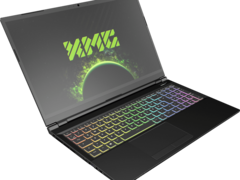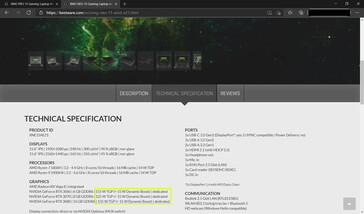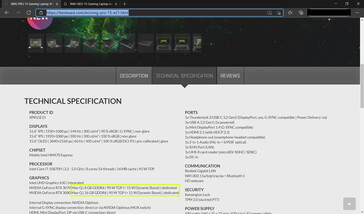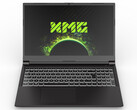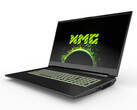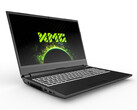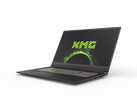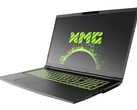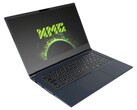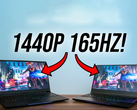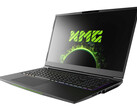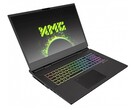For better or worse, the Nvidia Max-Q branding is no more. The underlying technology will remain available to PC manufacturers as usual, but they will no longer be required to advertise the Max-Q name. Though this may simplify the names of the GPUs, it will ultimately mean that two laptops with the "same" GPU will inevitably have wide performance differences between them and that there would be no easy way for the end-user to find out which is which.
Moving forward, the easiest way to distinguish between the "slow" and "fast" versions of a mobile GeForce RTX GPU will be for the manufacturers to indicate the graphics wattage or target TGP values on all their specifications list. We highly doubt that many PC makers and retailers will follow this advice, but at least one reseller is already making their TGP values clear. XMG has listed both its Pro 15 and Neo 15 gaming laptops with TGP values ranging from 90 W to 135 W with Dynamic Boost values of 15 W each. Thus, if gamers wanted a laptop with GeForce RTX 3080 graphics, then they will know that the XMG Neo 15 and its 135 W RTX 3080 GPU will perform much better than the Neo 15 and its 90 W RTX 3080.
Having explicit power targets on product pages is indubitably handy especially for performance hunters or enthusiasts and it's definitely something we want to see from all major OEMs. Unfortunately, it's not something we should rely on since many OEMs failed to advertise the Max-Q branding in previous years anyway. We'll have to look towards reviews and end-user benchmarks for the final word on the wattage of any particular GeForce-powered laptop instead.


 Deutsch
Deutsch English
English Español
Español Français
Français Italiano
Italiano Nederlands
Nederlands Polski
Polski Português
Português Русский
Русский Türkçe
Türkçe Svenska
Svenska Chinese
Chinese Magyar
Magyar